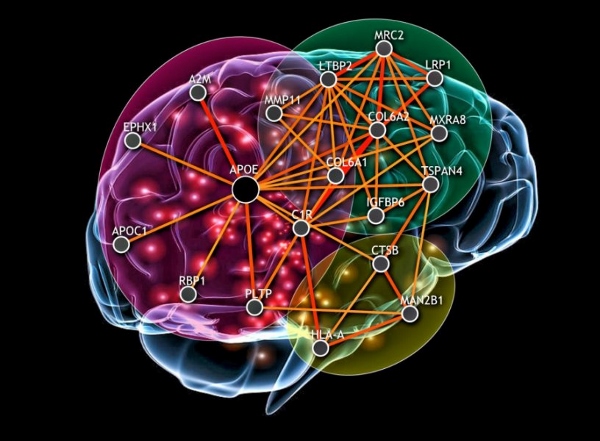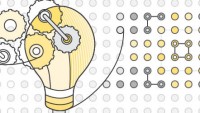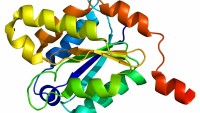Big Data Analysis Helps Researchers Understand Genes and How They Work
| Sami Ghanmi | | May 04, 2015 05:19 PM EDT |
(Photo : Simons Center for Data Analysis (SCDA)) Researchers have established how genes function together within 144 different human tissues and cell types.
A team of researchers from the Simons Center for Data Analysis (SCDA) along with major universities in the U.S. are currently using big data and computational analysis to study human genes and their relation to diseases.
With big data analysis, the researchers have established how genes function and interact within 144 different human tissues and cell types.
Like Us on Facebook
The team started off by gathering and integrating large amounts of information from around thirty eight thousands genome experiments.
This information consists of data about RNA (protein) cells including data from people diagnosed with different illnesses.
By combining both computer science and statistical methods to integrate and analyze massive amounts of information, the research team were able to discover hidden data that shed new light on the intricacies of human biology.
Director of the SCDA Leslie Greengard said, "Olga and her collaborators have demonstrated that extraordinary results can be achieved by merging deep biological insight with state-of-the-art computational methods, and applying them to large-scale, noisy and heterogeneous datasets."
Deputy Director Olga Troyanskaya of genomics at the SCDA and also a professor of computer science said, "A key challenge in human biology is that genetic circuits in human tissues and cell types are very difficult to study experimentally,"
"Our approach mined these big data collections to build a map of how genetic circuits function in the podocyte cells, and in many other disease-relevant tissues and cell types." Troyanskaya added.
Big data analysis has been very helpful in many other fields such as astronomy, marine science, medicine, business and online services. A leading marine science research organization in Australia (WAMSI) recently announced its move towards big data technology to help them make use of their data.
As astronomers wait for the construction of the Square Kilometer Array radio telescope, which is expected to be ready by 2018, scientists from the University of Wisconsin-Madison in the U.S. have already begun working on new software that will help astronomers interpret millions of incoming data about the cosmos from the new telescope.
TagsHow Genes Work, genes, Big Data, Big Data Analysis, Big Data Analytics, SCDA, Simons Center of Data Analysis, Computer Science, Human genome, Cell Types, Disease
©2015 Chinatopix All rights reserved. Do not reproduce without permission
EDITOR'S PICKS
-

Did the Trump administration just announce plans for a trade war with ‘hostile’ China and Russia?
-

US Senate passes Taiwan travel bill slammed by China
-

As Yan Sihong’s family grieves, here are other Chinese students who went missing abroad. Some have never been found
-

Beijing blasts Western critics who ‘smear China’ with the term sharp power
-

China Envoy Seeks to Defuse Tensions With U.S. as a Trade War Brews
-

Singapore's Deputy PM Provides Bitcoin Vote of Confidence Amid China's Blanket Bans
-

China warns investors over risks in overseas virtual currency trading
-

Chinese government most trustworthy: survey
-

Kashima Antlers On Course For Back-To-Back Titles
MOST POPULAR
LATEST NEWS
Zhou Yongkang: China's Former Security Chief Sentenced to Life in Prison

China's former Chief of the Ministry of Public Security, Zhou Yongkang, has been given a life sentence after he was found guilty of abusing his office, bribery and deliberately ... Full Article
TRENDING STORY

China Pork Prices Expected to Stabilize As The Supplies Recover

Elephone P9000 Smartphone is now on Sale on Amazon India

There's a Big Chance Cliffhangers Won't Still Be Resolved When Grey's Anatomy Season 13 Returns

Supreme Court Ruled on Samsung vs Apple Dispute for Patent Infringement

Microsoft Surface Pro 5 Rumors and Release Date: What is the Latest?














